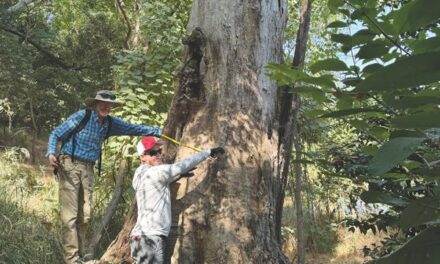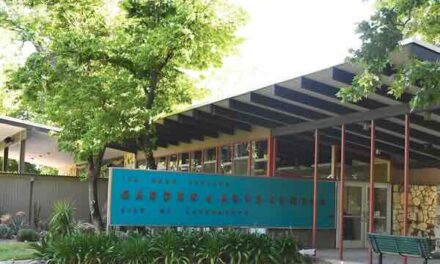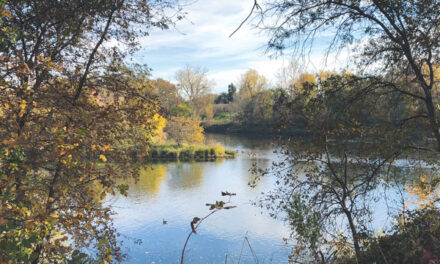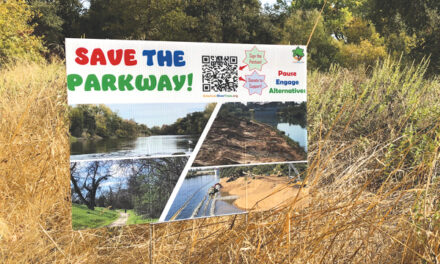Youth, Interrupted
Pandemic makes kids grow up faster
By Natalie Michaels
April 2021
Before the pandemic, Yolanda Melchor was a regular at the 12th and R streets Starbucks. Since lockdown, the sophomore at The Met Sacramento abandoned what was once a frequent stop on her way to and from school and her internship. She wonders if the baristas will still recognize her when normality returns. She reminisces, “I wonder if they’re still there. I hope they’re safe and healthy, but I don’t know.”
Melchor decided to sacrifice her Starbucks trips to respect COVID-19 safety guidelines, curbing personal desires as she serves the needs of her family. Her father’s ill health exacerbates the threat of the virus. “Every family has to assess the risk level they’re willing to take,” Melchor says.
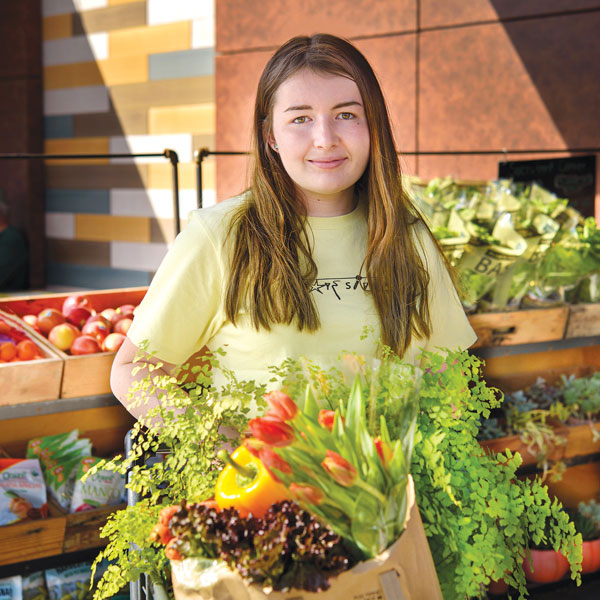
Melchor’s story describes the experience of many adolescents and young adults as they adapt to life in a pandemic. Young people have been pushed into uncertain terrain, forced to calculate the risk and reward of every decision, aware that their actions carry health consequences for family, friends and even strangers.
Dr. Margaret Bezmalinovic, a psychologist in Sacramento, notes adolescents have “no point of comparison” when it comes to determining how to conduct themselves during the pandemic. Every decision about safety must be made individually and circumstantially, a perpetual cycle of recalibration amid trauma.
For some, like Zoë Dixson, the definition of risk has been drastically altered. A junior at Kit Carson International Academy, Dixson once believed “dangerous and risky things” were obvious threats to her personal safety. Now, danger extends to “the simplest things, like going to the grocery store,” she says.
For Dixson, the definition of responsibility expanded to include the well-being of others because the virus impacts every action with the risk of communal harm.
Skyler Manfull, a second-year student at American River College, is the virus safety consultant for his friend group. After getting the coronavirus early in the pandemic, he decided to change his behavior. He informed his friends that he could not participate in their bubble if they did not follow safety guidelines. He receives calls from bubble members who want to confirm whether their behavior is appropriate.
For Manfull, virus-related responsibilities extend beyond adherence to safety protocols. Manfull has taken on new roles in his household, primarily as a schooling assistant for his younger sister. While his mother and older sister work, he attends fourth-grade Zoom calls and manages his younger sister’s assignments. He says, “I’m with her from 8 to 4 every day, sometimes for longer.” Despite recognizing the strain of new expectations, Manfull says, “I know other people have it way worse.”
Just as it’s difficult to determine who has it “worse” in terms of the pandemic, it’s not easy to weigh how much benefit young people receive from having to manage pandemic risks and responsibilities. Dr. Stacey Peerson, a psychologist with the UC Davis Child and Adolescent Psychiatric Services Clinic, says she can “argue both sides.”
Referring to youth and young adults such as Manfull, who have taken on more responsibility at home, Peerson says, “Yes, they’re learning more responsibility, but it’s not their job at certain ages to take on a lot of responsibility.”
Dr. Paula Kenney, a marriage and family therapist with a private practice in Sacramento, says added pressures can cause internal dissonance for teens. She says, “There’s a lot of stress when their normal, natural inclination is to be with others and be free.”
The loss of a brief but meaningful connection with local Starbucks baristas is significant, Kenney suggests. She says the loss of “little interactions, which you might not recognize unless you don’t have them” has only underscored the feeling of loss that pervades the pandemic.
Natalie Michaels is graduating this year from Heritage Peak Charter School. She can be reached at nataliermichaels@gmail.com.




